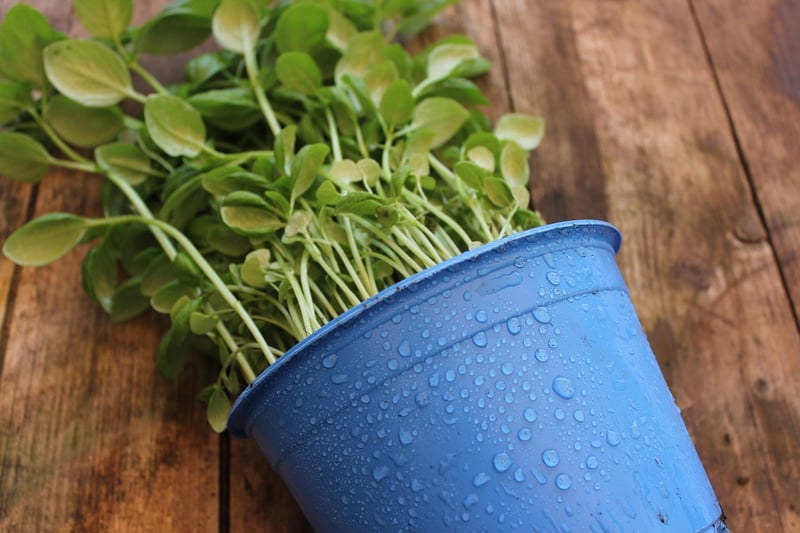Repotting Guide
Growing in Small Spaces + Repotting Guide
Gardening in Small Spaces
Many people think that having a small living space means giving up on the idea of having a garden. However, with a bit of creativity and planning, you can still enjoy the benefits of gardening, even in limited space.
1. Choose the Right Plants
Opt for plants that thrive in small containers or vertical gardens. Herbs like mint, basil, and parsley are excellent choices for small spaces.
2. Vertical Gardening
Utilize vertical space by hanging planters or installing wall-mounted shelves to grow your favorite plants vertically.
3. Window Boxes
Window boxes are perfect for growing flowers, herbs, or small vegetables. Place them outside your windows to add a touch of greenery to your home.
4. Indoor Plants
Indoor plants like succulents, spider plants, and pothos are great for small spaces and can thrive with minimal care.
Repotting Guide
Repotting plants is essential for their growth and health. Here's a simple guide to help you repot your plants effectively:
1. Signs Your Plant Needs Repotting
- Roots growing through the drainage holes
- Stagnant growth despite regular watering
- Soil drying out quickly
2. Steps to Repotting
- Choose a slightly larger pot with good drainage.
- Gently remove the plant from its current pot.
- Loosen the roots and add fresh soil to the new pot.
- Place the plant in the new pot and add more soil around it.
- Water the plant thoroughly and place it in a suitable location.
3. Caring for Repotted Plants
After repotting, monitor your plant for signs of stress such as wilting or yellowing leaves. Give it some time to adjust to the new environment, and continue to provide proper care.


With these tips for gardening in small spaces and repotting plants, you can create a lush and thriving indoor garden, no matter how limited your space may be.
